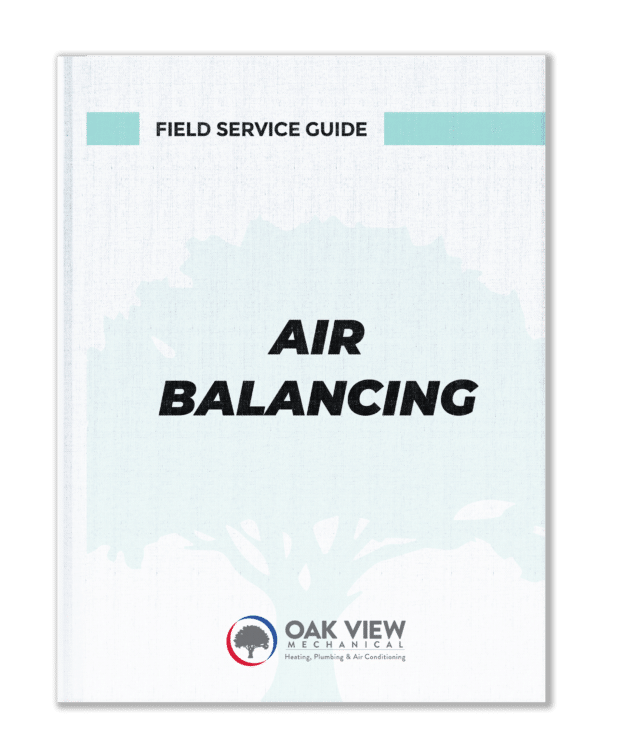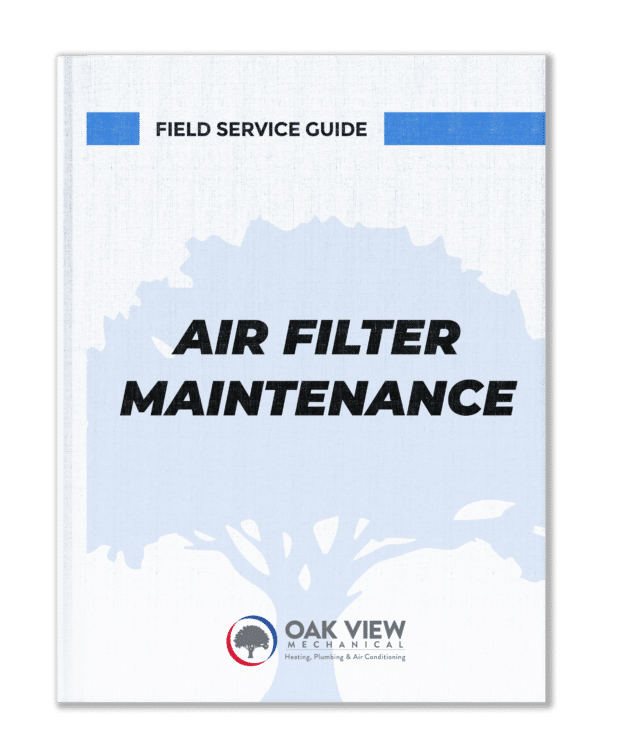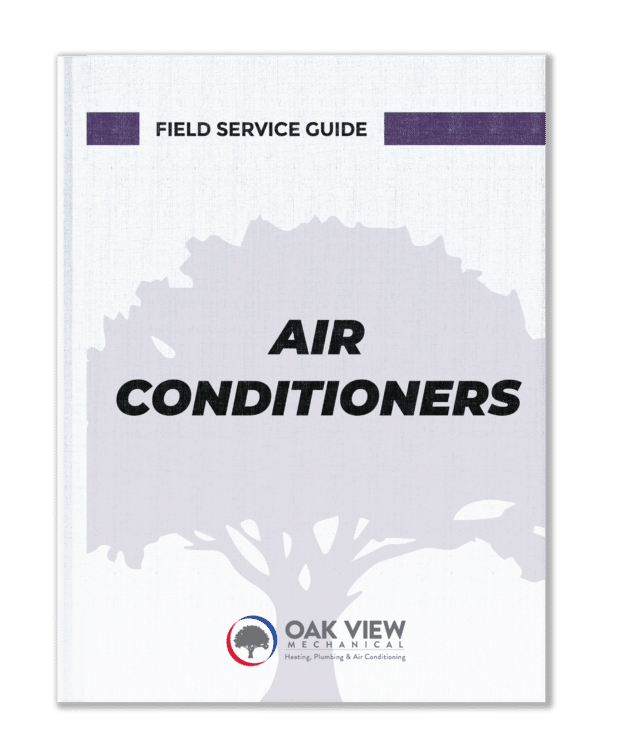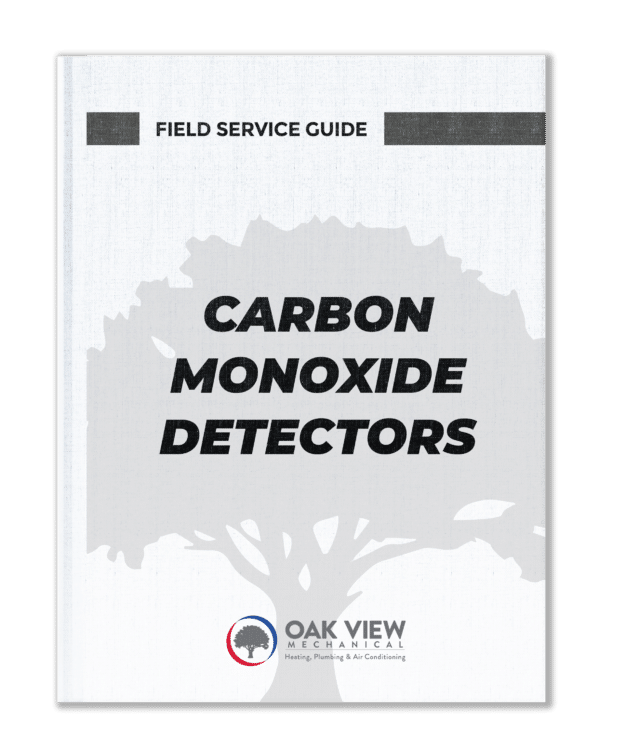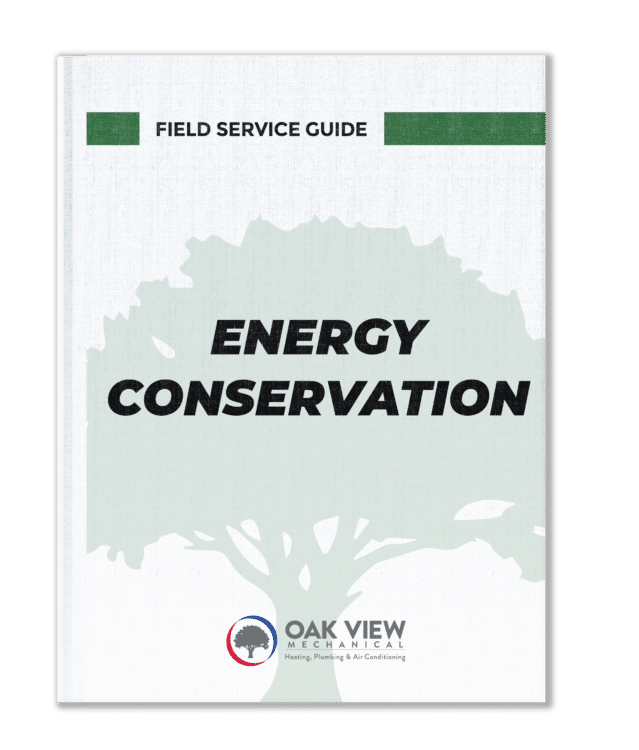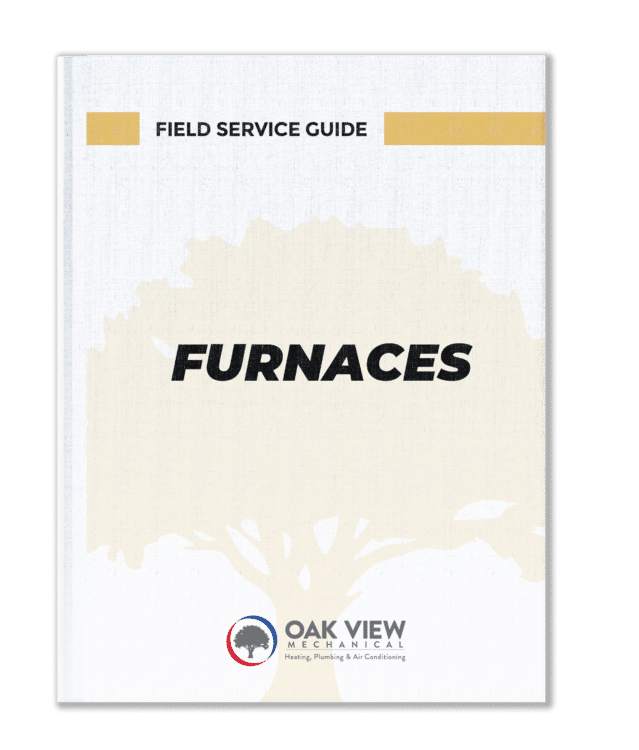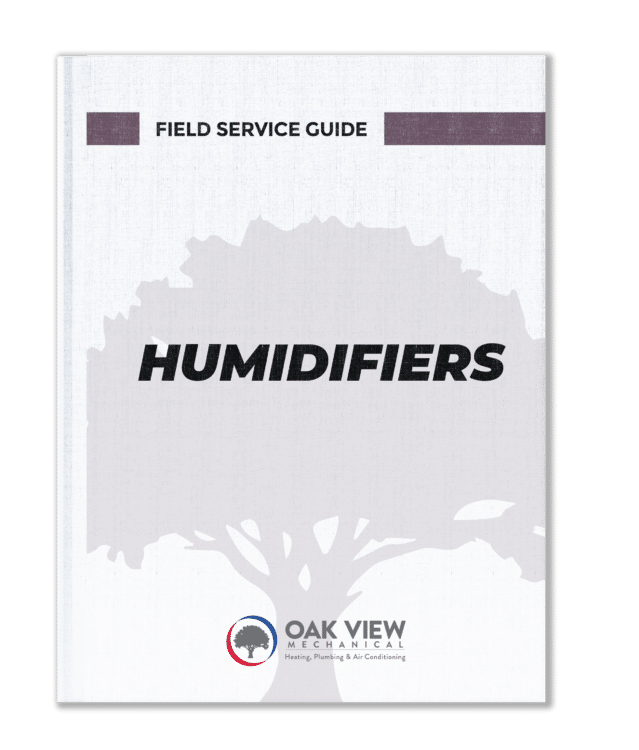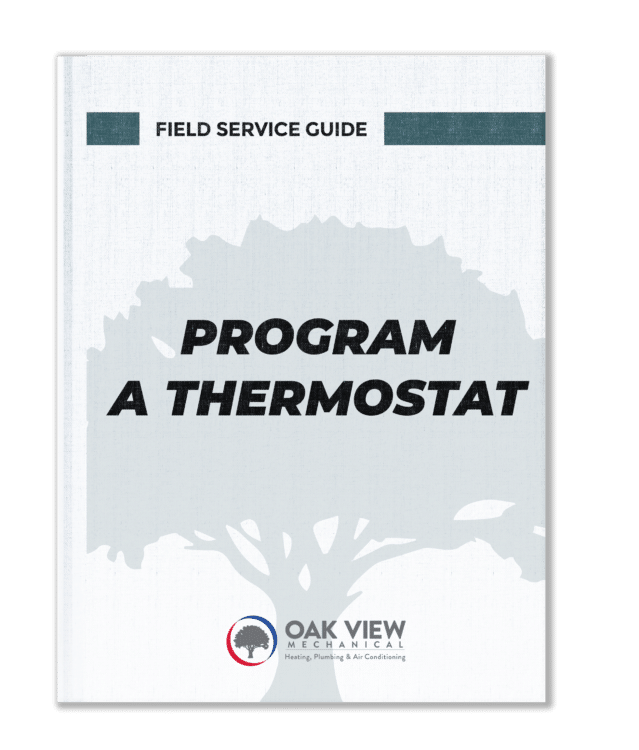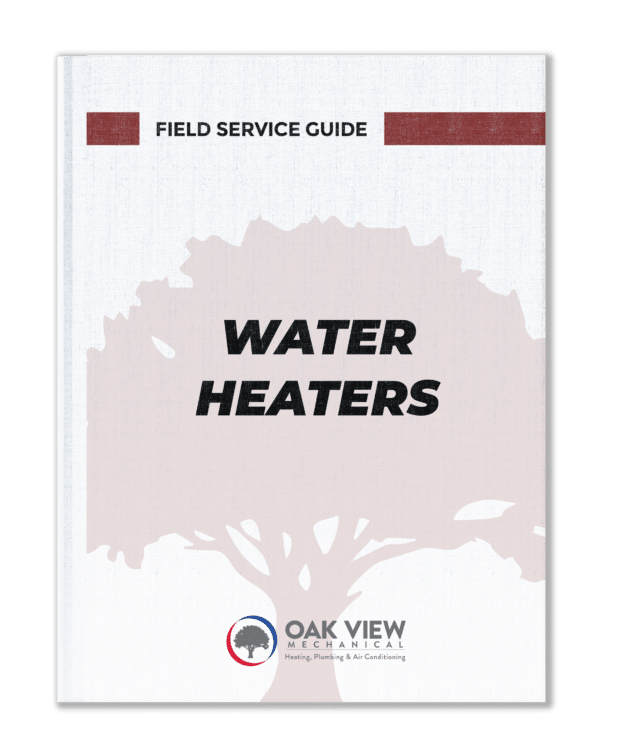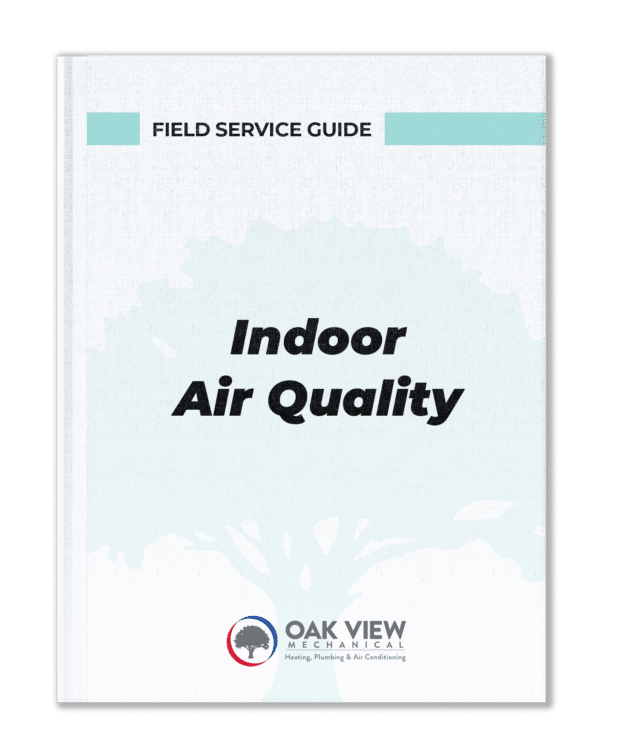Troubleshooting Tips: No Heat
Before calling for service, check to confirm that the:
- Thermostat is set to “heat” and the temperature is set above the room temperature.
- Blower panel cover is installed correctly for the furnace blower (fan) to operate.
- Air conditioner and furnace breakers on the main electrical panel are on. (If a breaker trips, you must turn it from the tripped position to the off position before you can turn it back on).
- The on/off switch on the side of the furnace is on.
- Gas line is open at the main meter and at the side of the furnace.
- Filter is in a clean condition which allows air flow.
- Vents in individual rooms are open.
- Air returns are unobstructed.
Even if the troubleshooting tips do not identify a solution, the information you gather will be useful to the service provider you call.
More Heating Tips
Gas Forced Air Heating
Good maintenance of your furnace can save energy dollars and prolong the life of the furnace.
Adjust Vents
Experiment with the adjustable registers in your home to establish the best heat flow for your lifestyle. Generally, you can reduce the heat in seldom-used or interior rooms. This is an individual preference and you will need to balance the system for your own family’s comfort.
Blower Panel (Fan Cover)
You need to position the blower panel cover correctly for the furnace blower (fan) to operate. This panel compresses a switch that tells the blower it is safe to operate.
Combustion Air
Furnaces in basements or in crawl spaces include a combustion air duct. Cold air coming in through this duct means it is functioning as it should. This duct should never be covered or blocked in any way. Outside air is needed to supply the furnace with sufficient oxygen. Blocking the combustion air vent will cause the furnace to draw air down the vent pipe and pull poisonous gases back into your home.
Duct Cleaning
Exercise caution before spending money on professional ductwork cleaning services. A study by the EPA found no proof that ductwork cleaning improves indoor air quality, nor was evidence found that it prevents health problems.
Ductwork Noise
Some popping or pinging sounds are the natural result of ductwork heating and cooling in response to airflow as the system operates.
Filter
Your HVAC system comes with a filter box where you will find your furnace filter. A clean filter will help to keep your home clean and reduce dusting chores. You should change the filter monthly during the heating season (year-round if you also have air conditioning). A clogged filter can slow airflow and cause cold spots in your home. Although it takes less than one minute to change the filter, this is one of the most frequently overlooked details of normal furnace care.
Odor When Operating
A new heating system may emit an odor for a few moments when you first turn it on. An established system may emit an odor after being unused for an extended time. This is caused by dust that has settled in the ducts and should pass quickly. If you smell gas or a gas odor, call the gas company immediately.
On-Off Switch
The furnace has an on-off blower switch. This switch looks like a regular light switch and is located in a metal box outside the furnace. When turned off, this switch overrides all furnace commands and shuts down the blower. This is usually done only when maintenance service is being performed, although young children have been known to turn the furnace off using this switch.
Return Air Vents
For maximum comfort and efficient energy use, arrange furniture and draperies to allow unobstructed airflow from registers and to cold air returns.
Temperature
Depending on the style of home, temperatures can normally vary from floor to floor or room to room as much as 10 degrees or more on extremely cold days. The furnace blower will typically cycle on and off more frequently and for shorter periods during severe cold spells. The heating system is installed to comply with the local building codes.
Adequacy of the system is determined by its ability to establish an average temperature of 70 degrees F, as measured in the center of the room, 5 feet above the floor. In extremely cold temperatures (10 degrees below or colder), the system should be able to maintain an average temperature differential of 80 degrees from the outside temperature.
Thermostat
The furnace will come on automatically when the temperature at the thermostat registers below the setting you have selected. Once the furnace is on, setting the thermostat to a higher temperature will not heat the home faster. Thermostats are calibrated to within plus or minus 5 degrees.
